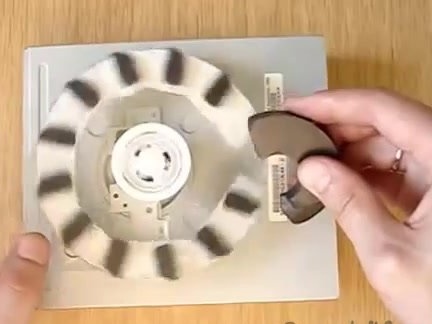
A magnetic motor is good in that it does not require any energy costs. The rotation of the mechanism occurs under the influence of a magnetic field, so we have to try one of the options for creating one.
In our video you can see how such an experiment is conducted and what comes of it.
For our experiment we will need:
- a disk from plexiglas;
- magnets;
- a workpiece from a spindle mounted on a metal casing;
- Double-sided tape.
Magnets need to be slightly sharpened on one side at an angle to achieve a better effect.
Paste small pieces of magnet onto the disk, made of Plexiglas, around the perimeter. We fasten them to double-sided tape and place the stitched edges out. Make sure that the stitched edges of all magnets are directed in the same direction.
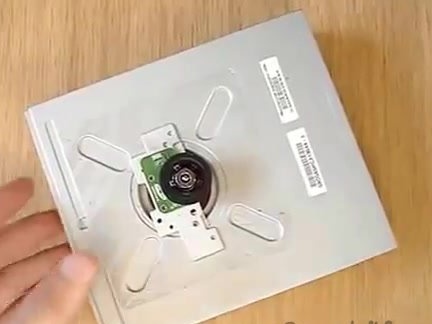
We mount the resulting disk with magnets on the spindle and check that it rotates freely, without clinging to anything.
If we bring to this design a small magnet, the same as ours glued to the disk, then, in principle, nothing will change. You can try to rotate the disk, of course, there will be no effect at all or it will be barely noticeable.
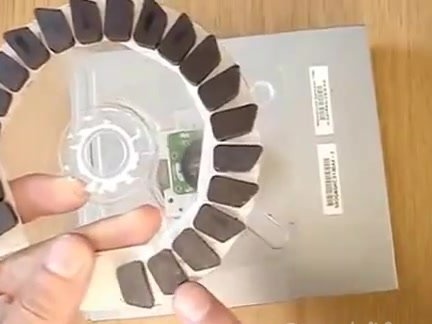
Let's try to bring a larger magnet and see what happens. There is no result from this. When tightening the disk by hand, the mechanism still stops in the gap between the magnets.
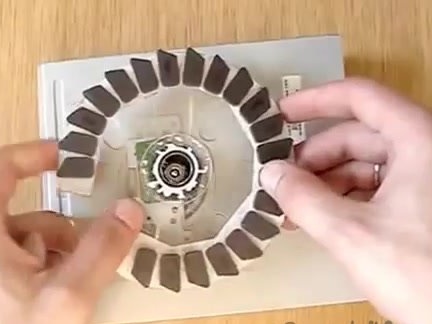
If you take a half of the magnet and bring it to our mechanism, you will notice that after twisting it slightly continues to spin under the influence of a magnetic field.
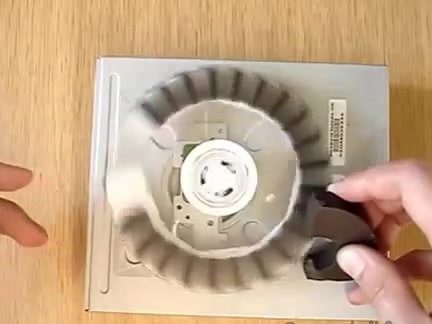
Now let’s check how our mechanism will rotate if we remove the magnets from the disk through one, i.e. make large gaps between them. We look at what happens by substituting three options for our magnets. The disk still stops at intervals now in all three variants.
After the experiment, we can conclude: that in this way to create a magnetic motor did not work. Need to try other options.
